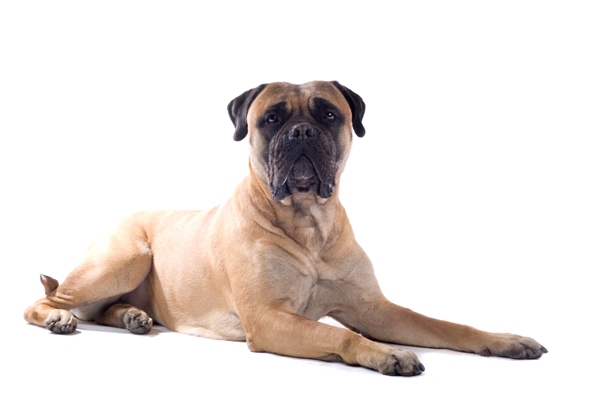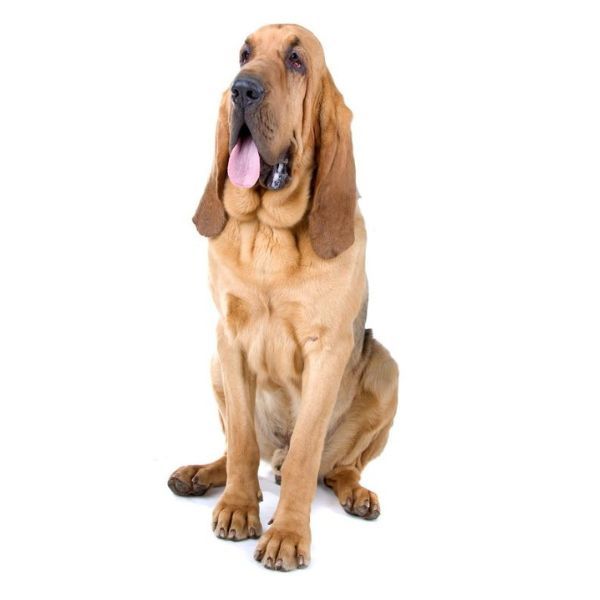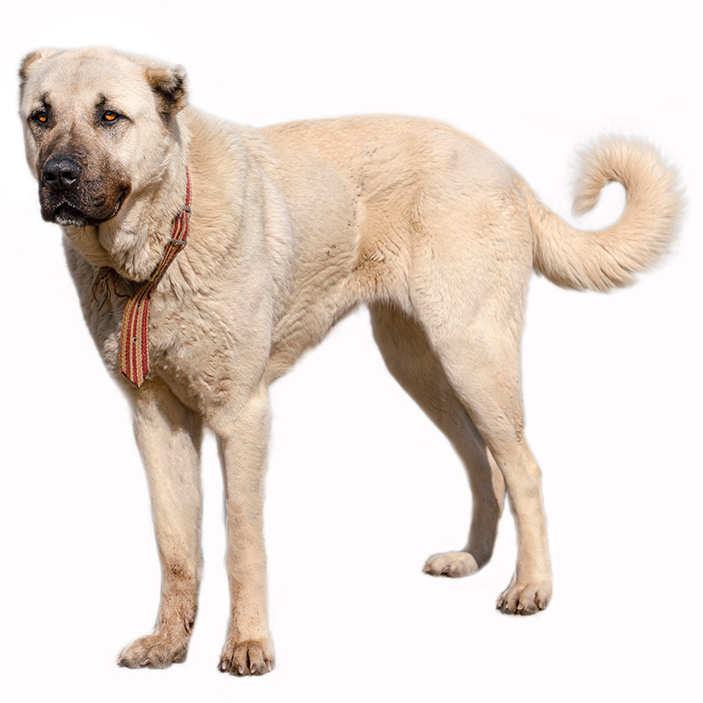Bullmastiff
Stubborn, loyal
High probability of health issues during its lifetime, hence it is one of the more expensive breeds to insure.
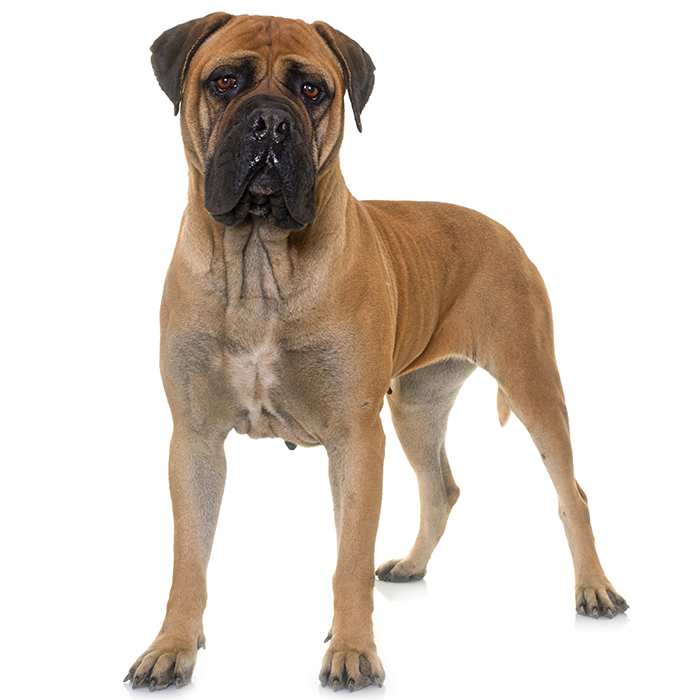
Is this breed right for you?
Try our breed selector quiz to find out your best matching breed!
Insuring a Bullmastiff?
Get award-winning cover with more benefits and up to 80% of eligible vet bills reimbursed. Find out about your cover options.
Get a quick quoteBreed Overview
The Bullmastiff is a large strong breed of dog that has been used as a guard dog for many years. This majestic dog has a short coat that lies flat on his body. Coat colours include fawn, brindle and the dog may have black markings on the head.
The coat of the Bullmastiff does not require extensive grooming and this breed of dog does not shed much hair. This dog does tend to slobber.
The Bullmastiff is all muscle, but this dog does not require a huge amount of exercise. Regular walks are suggested for exercise and mental stimulation.
While puppies are full of energy and excitement this breed will eventually settle. Adults have a calm nature but if provoked they will become fierce and hard to settle.
Male Bullmastiff’s stand between 63 to 69 cm tall and females stand 61 to 66 cm. Males weight a hefty 50 to 60 kg and females weigh 45 to 54 kg.
The average lifespan of the Bullmastiff is 10 years.
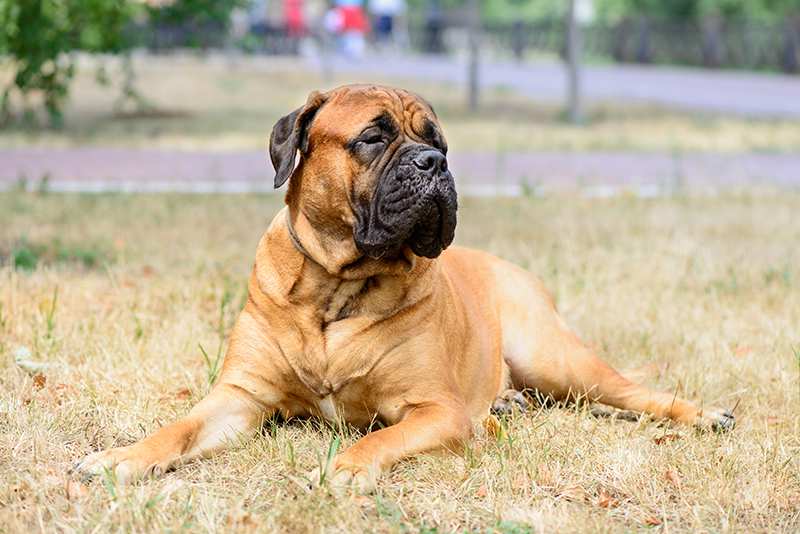
Personality and Temperament
The Bullmastiff is a large dog that needs a committed trainer. They can be stubborn when it comes to obedience training but due to the size of this dog training is a must. Early training and socialisation with other animals and people will help develop a well-rounded dog.
The Bullmastiff’s instinct is to guard and protect its family. It’s always best to keep this in mind in your interactions with strangers because the dog will react if he senses that you are in danger.
They tolerate children, but due to their size they may knock small children over inadvertently.
This dog may act aggressively towards other dogs and he does best with dogs of the opposite sex.
The main thing to consider when deciding whether to purchase a Mastiff is whether you have the time and commitment to ensure that this large dog is socialised so that he can develop a sound personality.
Common Bullmastiff Diseases & Conditions
Symptoms, diagnosis and treatment
- Hip dysplasia occurs when the thigh bone and the hip joint do not fit together properly. This can cause pain or lameness in the dog and possibly arthritis later in life. Many dogs live relatively normal lives with the condition.
- Elbow dysplasia is common in large dog breeds and is believed to be caused by varying growth rates in the dog’s elbow. This leads to joint laxity, pain, and lameness. Surgery is available, but medication and weight loss may be prescribed by a vet to help control the pain.
- Gastric dilatation-volvulus, also know as bloat, is a deadly condition affecting large dogs such as the Bullmastiff. Risk is increased if the dog is fed one large meal a day, eats quickly, drinks large amounts of water or exercises after eating. The stomach twists, making the dog unable to belch or vomit to get rid of excess air, and as a result the blood supply to the heart is impaired. Unless immediately attended to, the dog may die. Symptoms of bloat include a distended belly, excessive drooling, dry having, restlessness, exhaustion, weakness and a quick heart rate.
- Hypothyroidism occurs when the thyroid gland does not produce enough of the thyroid hormone. Symptoms include epilepsy, loss of hair, fatigue and patchy skin. It is treatable with medication and a special diet.
- Progressive retinal atrophy refers to a family of eye diseases which gradually result in the deterioration of the retina, causing first night blindness then full blindness. There is no cure, but most dogs adapt very easily to the vision loss, provided their environment does not change too much.
- Skin Allergies. Bullmastiffs are prone to skin allergies and may develop rashes or excessive hair loss as a result. Keep an eye out for scratching and general discomfort. Visiting the vet can bring about a solution, but regular bathing and flea control is a good preventative measure.
- Entropion is a condition which generally occurs in young dogs and causes the eyelid to roll inwards, which can lead to irritation or injury of the eyeball. Signs include rubbing or scratching around the eye area. It can be treated surgically if necessary.
Not all conditions are covered by Pet Insurance. For details of Bow Wow Meow Pet Insurance cover, refer to the Product Disclosure Statement.
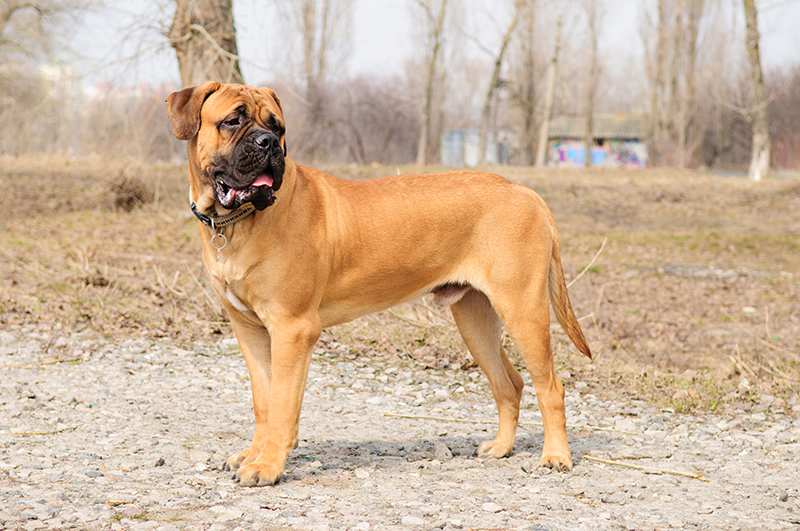
History
The Bullmastiff was developed in the mid-19th century by English gamekeepers. They were bred as a quite but powerful and fearless breed to help gamekeepers track down poachers. The size of the dog meant they could hold down criminals rather than attack them by biting. The dog was known as the Gamekeeper’s Night-Dog and they were part of the gamekeeper’s family, living with them as a companion and guardian.
The breed is was developed from the Mastiff and Bulldog. Their strength and stability was heralded throughout England as a smart and fearless dog that could track down criminals. When poaching declined the Bullmastiff was used as a guard dog. The breed began to be recognised as a distinct breed in the 20th century rather than a Mastiff Bulldog cross.
The English Kennel Club formally recognised the breed in 1924 and the American Kennel Club recognised the breed in 1933.
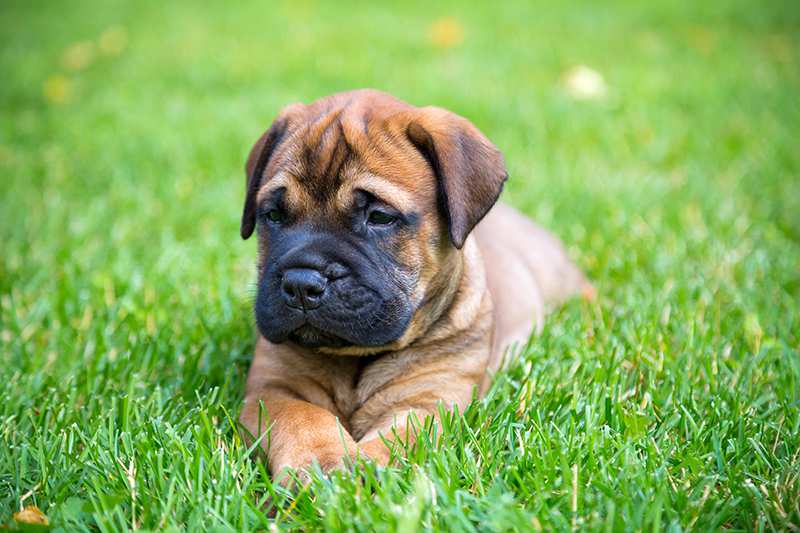
Bullmastiff Facts!
While the Bullmastiff is a large dog it is not officially a ‘giant breed’.
Bullmastiffs don’t like hot humid weather so it’s best to make sure that he has plenty of access to shade and water.
If you own a small car then the Bullmastiff is probably not the best dog for you.
The Bullmastiff has been known to suffer from bad flatulence.
If you are after a high energy dog that will chase the ball for hours then the Bullmastiff is probably not the dog for you.
Free engraved pet ID tag on sign up3
Customer Satisfaction
21 day cooling off
Easy to use Pet Portal

GapOnly® in vet claims
MORE INFORMATION:
Bourke’s Backyard – Boxer Breed Info: http://www.burkesbackyard.com.au/fact-sheets/pets/pet-road-tests/dogs/boxers/#.VFBEpfmUcsA
Boxer Club of New South Wales: http://www.nswboxerclub.com/
American Boxer Club: http://americanboxerclub.org/unique.html
American Kennel Club – Boxer: http://www.akc.org/dog-breeds/boxer/

